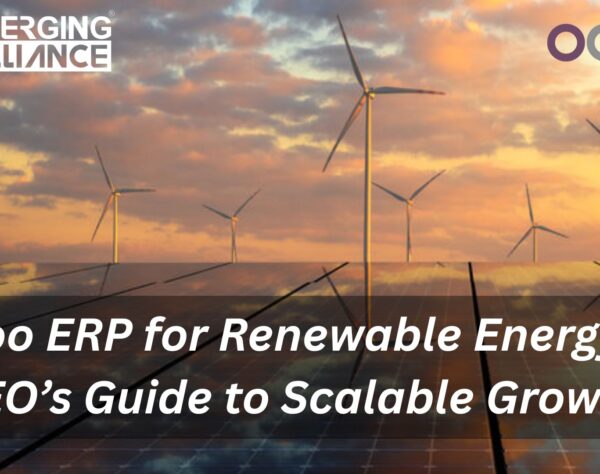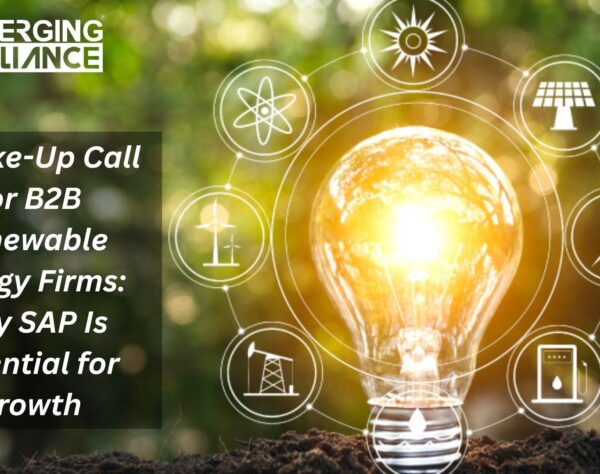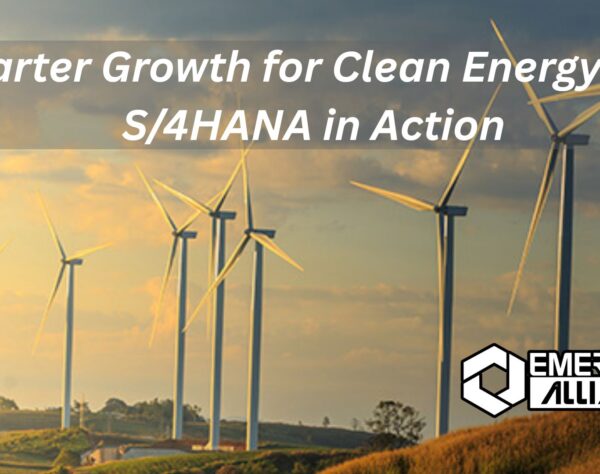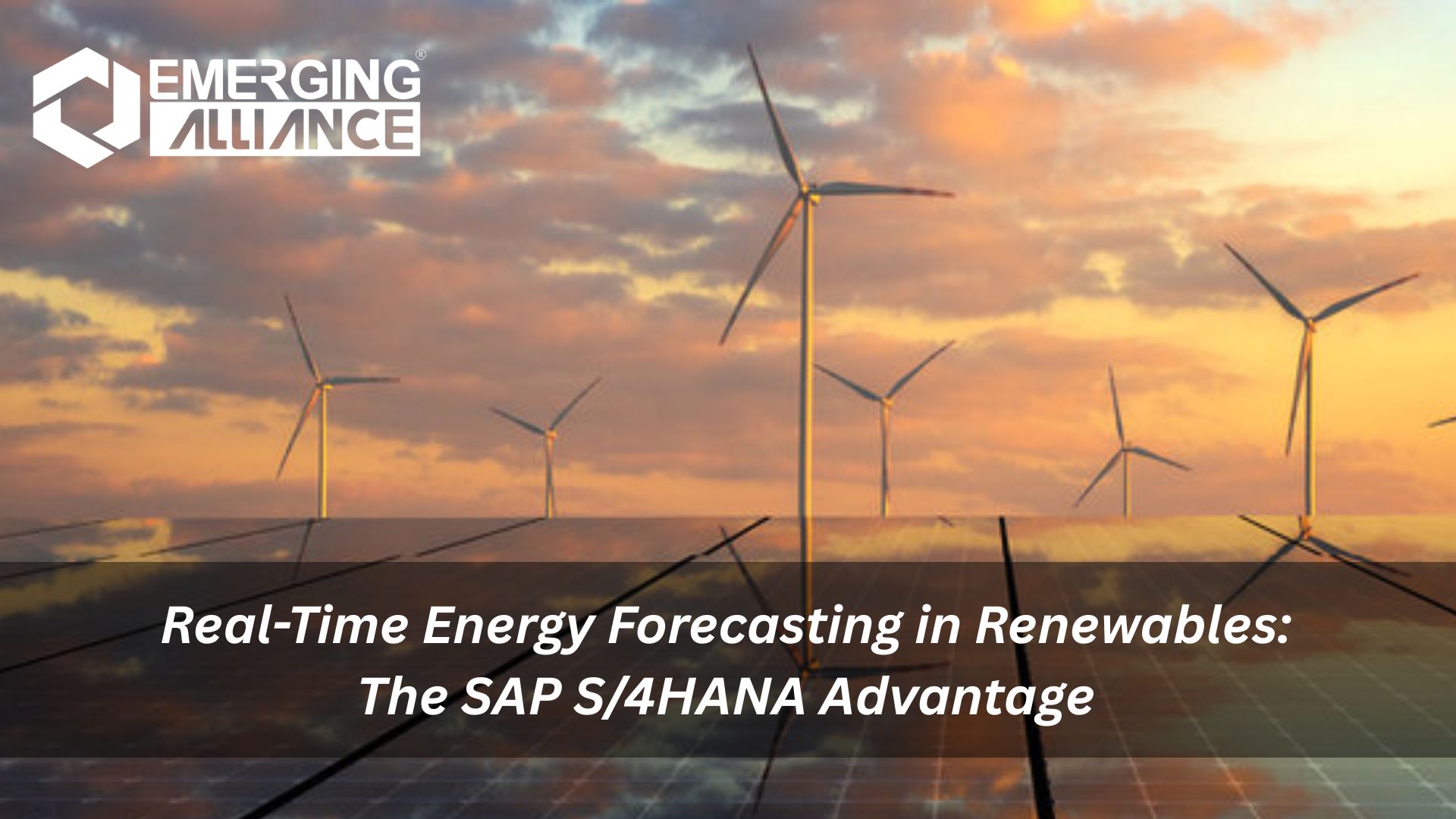
Real-Time Forecasting in Renewable Energy: The SAP S/4HANA Advantage
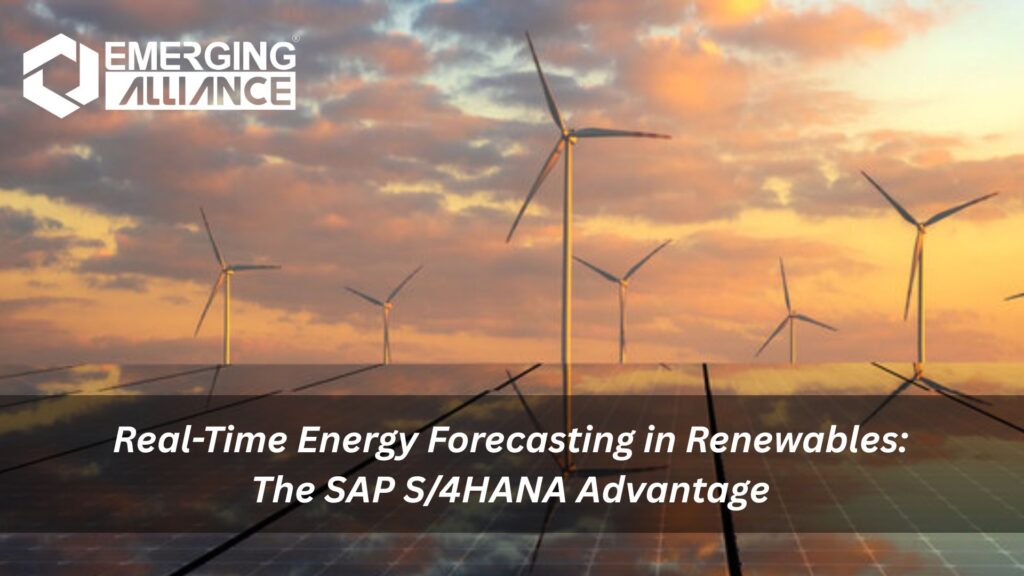
Boost Renewable Energy Output with SAP S/4HANA ERP system’s Forecasting Tools
The global shift to solar, wind, hydro, and bioenergy is undeniable. But with great power comes great variability. Unpredictable weather conditions, grid balancing challenges, and underutilized assets can quickly derail a clean energy strategy. That’s where SAP S/4HANA steps in—with real-time energy forecasting and optimization capabilities designed to meet the unique needs of renewable energy companies.
⚡ Why Forecasting is Critical in Renewable Energy
Unlike fossil fuels, renewable energy sources are intermittent and environment dependent. Solar and wind energy output can vary drastically by hour, location, and season. Without accurate forecasting, businesses risk:
- Energy overproduction and grid overload
- Underproduction and revenue loss
- Maintenance misalignment and system downtime
- Poor carbon offset planning
This volatility can impact regulatory compliance, grid participation, and operational cost-efficiency.
🧠 How SAP S/4HANA Powers Real-Time Forecasting
SAP S4HANA cloud offers a unified, AI-powered ERP platform that connects real-time energy data, weather models, asset performance, and business operations under one intelligent system.
1. AI-Enhanced Forecasting Models with SAP S/4 HANA for Renewables
SAP S4HANA ERP integrates with SAP Business Technology Platform (BTP) and SAP Analytics Cloud to provide advanced forecasting capabilities that analyze:
- Historical generation data
- Weather predictions
- Sensor data from wind turbines, solar panels, etc.
These models automatically adjust energy output forecasts as new data flows in—enabling smarter decisions for dispatching, storage, and grid interaction.
2. Live Asset Monitoring with IoT
Through the SAP Enterprise Resource Planning (ERP) system, IoT integration, renewable companies can monitor:
- Real-time energy output
- Asset efficiency and health
- Grid connection performance
This real-time visibility supports predictive decision-making across the supply chain and ensures reliable grid connectivity.
3. Grid Demand Alignment with SAP S/4 HANA for Renewables
SAP S4HANA allows companies to align energy production with demand forecasts and time-of-use pricing models—minimizing waste and maximizing returns. It also aids in participating in:
- Day-ahead markets
- Spot pricing mechanisms
- Renewable energy trading platforms
4. Smart Maintenance Planning
Forecasts aren’t just for production—they also inform predictive maintenance schedules, helping avoid breakdowns during peak output periods. This leads to reduced downtime and longer equipment life.
📊 Real Business Impact
| Metric | Before SAP S/4HANA | After Implementation |
|---|---|---|
| Forecast Accuracy | ±30% deviation | <10% deviation |
| Equipment Downtime | High (unplanned) | Reduced by 35–50% |
| Grid Imbalance Penalties | Frequent | Significantly lower |
| Operational Efficiency | Manual & fragmented | Fully automated & real-time |
🌱 Supporting a Greener Tomorrow
With features like carbon reporting, ESG dashboards, and sustainability KPIs, SAP S4 HANA isn’t just a business tool—it’s a climate ally. By enabling energy producers to predict, optimize, and report accurately, it helps meet both commercial and environmental goals.
✅ Ideal for:
- Solar farm operators
- Wind turbine manufacturers
- Hydro and biomass power plants
- Energy aggregators and smart grid providers
- Government renewable energy agencies
Final Thoughts
SAP S/4HANA is more than ERP — it’s your control tower for real-time energy forecasting in the renewable world. It empowers energy leaders to make smarter, greener, and more profitable decisions—minute by minute, megawatt by megawatt.
Also, read similar articles on SAP S/4HANA for Renewable energy.
FAQs
1. What is energy forecasting in the renewable energy industry?
Energy forecasting involves predicting the power output from renewable sources like solar and wind using data such as weather patterns, historical performance, and sensor inputs. Accurate forecasts help balance supply with demand and optimize grid operations.
2. How does SAP S4HANA support real-time energy forecasting?
SAP S4HANA integrates real-time IoT data, weather APIs, and historical energy data to generate AI-driven forecasts. These forecasts are updated continuously, allowing renewable energy companies to respond proactively to changing production conditions.
3. Why is forecasting important in solar and wind energy?
Solar and wind power are variable and weather dependent. Forecasting helps renewable energy producers plan better, reduce curtailment, avoid overproduction or shortages, and meet grid commitments efficiently.
4. What technologies are used by SAP S/4HANA for forecasting?
SAP S4 HANA leverages AI/ML algorithms, SAP Business Technology Platform (BTP), SAP Analytics Cloud, and IoT integration to deliver accurate and adaptive forecasting models.
5. Can SAP S4HANA integrate with weather data for energy forecasting?
Yes. SAP S/4HANA can pull in real-time weather data from APIs or IoT weather stations to enhance the accuracy of solar irradiation, wind speed, and temperature-based forecasting models.
6. How does forecasting impact grid management and energy trading?
Real-time forecasting allows producers to align output with demand, participate in day-ahead/real-time markets, and reduce grid instability. It also helps optimize trading strategies based on supply predictions.
7. What role does predictive maintenance play in energy forecasting?
SAP S/4HANA uses forecast data to schedule maintenance during low-production periods. This ensures minimal disruption and extends the lifespan of assets like turbines and solar arrays.
8. Is SAP S4 HANA suitable for multi-source renewable plants (solar + wind + storage)?
Absolutely. SAP S4 HANA is designed for hybrid energy systems, enabling centralized forecasting and optimization across multiple sources, including storage and grid-connected systems.
9. How does SAP S/4HANA help with ESG reporting in renewable energy?
SAP S/4HANA includes built-in ESG and sustainability dashboards that track carbon offsets, renewable output, and energy savings—aligned with global frameworks like GHG Protocol and CDP.
10. What are the measurable benefits of using SAP S/4 HANA for forecasting?
Users typically see:
- 30–50% reduction in forecasting errors
- 35% less equipment downtime
- Improved compliance with grid and government targets
- Increased profitability through optimized generation and trading
Ready to Power Up Your Renewable Energy Operations? Talk to our SAP S/4HANA experts today!




